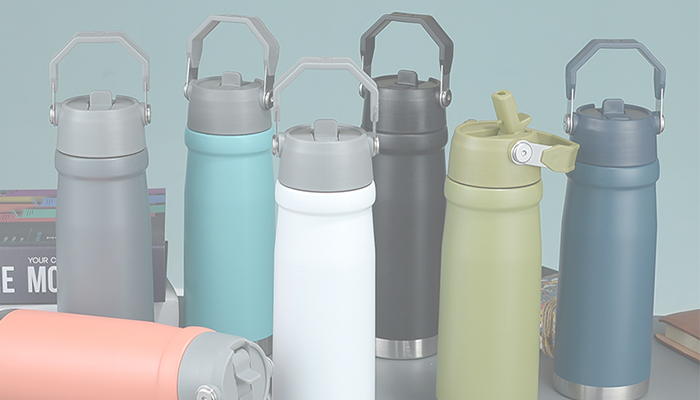Hiking is one of the most rewarding outdoor activities, offering a unique blend of physical exercise, mental rejuvenation, and a chance to connect with nature. However, the success of your hiking trip can be significantly influenced by your packing choices. While it’s essential to bring the right gear, it’s equally important to know what not to pack. In this article, we’ll explore common pitfalls and unnecessary items that can weigh you down, both physically and mentally, ensuring your hiking experience is as enjoyable and efficient as possible.
- Heavy and Bulky Items
One of the most common mistakes hikers make is overpacking heavy and bulky items. While it might be tempting to bring along a large tent or a full-sized sleeping bag, these items can add unnecessary weight to your pack. Instead, consider lightweight alternatives:
- Tent: Opt for a lightweight, compact tent designed for backpacking. Many modern tents are engineered to be both durable and lightweight, making them ideal for long hikes.
- Sleeping Gear: Choose a sleeping bag that is appropriate for the season and temperature but also lightweight. Look for options with synthetic insulation or down fill, which provide warmth without the bulk.
- Excessive Clothing
Packing too many clothes is another common mistake. While it’s important to be prepared for changing weather conditions, overpacking can lead to discomfort and fatigue. Here are some tips for clothing:
- Layering: Instead of packing multiple outfits, focus on layering. Bring moisture-wicking base layers, an insulating mid-layer, and a waterproof outer layer. This approach allows you to adjust your clothing based on the weather without carrying excess weight.
- Avoid Cotton: Cotton retains moisture and takes a long time to dry, which can lead to discomfort and hypothermia in cooler conditions. Opt for synthetic or wool materials that wick moisture away from your skin.
- Unnecessary Gadgets
In our tech-driven world, it’s easy to feel the need to bring along various gadgets. However, many of these items can be more of a burden than a benefit:
- Heavy Electronics: Avoid bringing bulky cameras or laptops. Instead, consider a lightweight smartphone with a good camera for capturing memories. If you need navigation tools, a compact GPS device or a smartphone app can suffice.
- Multiple Chargers: Instead of packing multiple chargers for different devices, bring a portable power bank that can charge all your electronics. This reduces weight and simplifies your packing.
- Non-Essential Food Items
Food is crucial for maintaining energy levels during a hike, but packing too much or the wrong type can be counterproductive. Here’s how to optimize your food choices:
- Avoid Perishables: Fresh fruits and vegetables may seem like a healthy option, but they can spoil quickly and add unnecessary weight. Instead, opt for lightweight, non-perishable snacks like nuts, dried fruits, and energy bars.
- Limit Cooking Gear: If you’re planning to cook, bring only essential cooking gear. A lightweight stove, a compact pot, and a multi-tool can suffice for most meals. Consider pre-packaged meals that require minimal preparation.
- Over-the-Top First Aid Kits
While safety should always be a priority, many hikers overpack their first aid kits. A well-stocked yet compact first aid kit can address most common injuries without adding excessive weight:
- Essentials Only: Include items like adhesive bandages, antiseptic wipes, pain relievers, and any personal medications. Avoid bringing unnecessary items like splints or bulky first aid manuals unless you’re venturing into particularly remote areas.
- Tailor to Your Needs: Customize your first aid kit based on your specific health needs and the length of your hike. This ensures you have what you need without overpacking.
- Inappropriate Footwear
Footwear is one of the most critical aspects of hiking gear. However, many hikers make the mistake of packing the wrong shoes:
- Avoid Fashion-Driven Choices: While stylish sneakers may seem appealing, they often lack the support and traction needed for hiking. Invest in a pair of well-fitted, durable hiking boots or shoes that provide adequate ankle support and grip.
- Don’t Bring Extras: Resist the urge to pack multiple pairs of shoes. A single, reliable pair of hiking footwear is usually sufficient for the duration of your trip.
Conclusion
Packing for a hiking trip can be a delicate balance between preparedness and practicality. By avoiding heavy, unnecessary items, excessive clothing, non-essential gadgets, and inappropriate food choices, you can lighten your load and enhance your overall hiking experience. Remember, the goal is to enjoy the journey and connect with nature, not to be weighed down by your gear. With careful planning and thoughtful packing, you’ll be well on your way to a successful and enjoyable hiking adventure. Happy trails!


